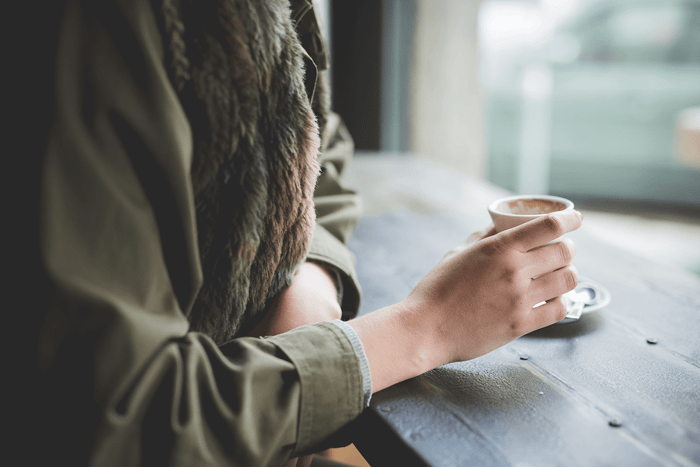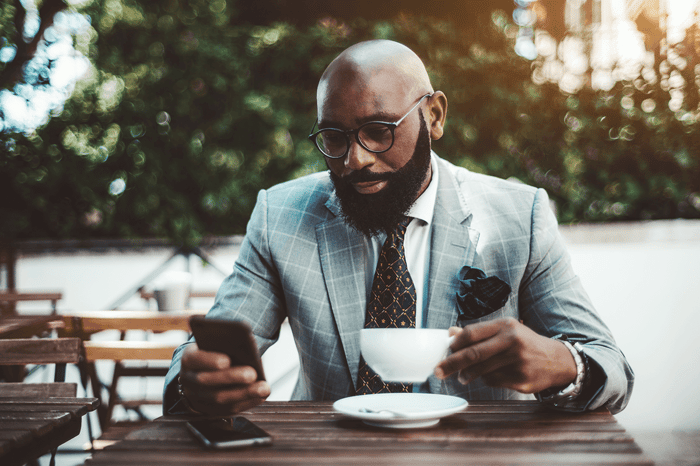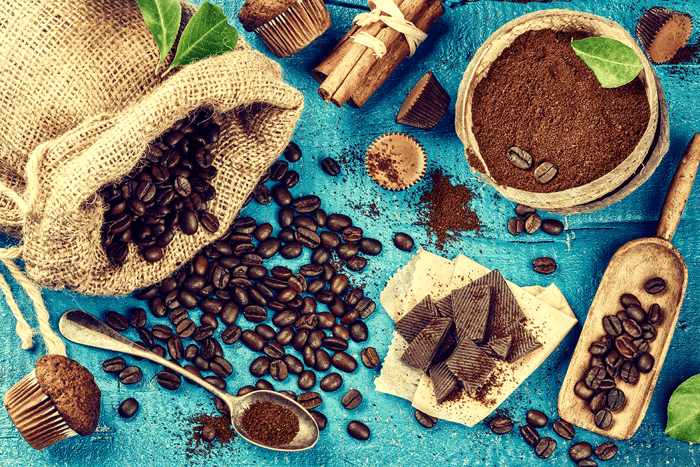Believe it or not, America's love affair with coffee goes back all the way to the time of the Boston Tea Party—when drinking coffee instead of tea became a symbol of patriotism.
While coffee was already an everyday household staple by the time of the Civil War, it was a luxury for soldiers. Many were constantly craving it in its absence.
In fact, according to one Civil War historian, the word "coffee" was used more often in Civil War soldiers' letters and diaries than "war," "slavery," or "Lincoln." Some soldiers were so desperate for coffee, they tried brewing unique—but frequently strange—coffee substitutes: things like chicory, peanuts, dandelions, acorns, and even peas. (Source)
Soldiers’ access to caffeine improved as technology progressed, with the invention of instant coffee in 1890 being a major step forward. After the first World War broke out in 1917, "coffee was as important as beef and bread," in the words of one high-ranking Army official.
How Soldiers Drank Coffee in World War I
Soldiers on the front lines in World War I had to make do with instant coffee.
The use of instant coffee wasn't due to the reasons you might think, however. The use of chemical weapons on the battlefield was so extensive, that made it impossible to brew coffee by normal methods.
From a September 1919 issue of the Tea and Coffee Trade Journal, we get the following quote from E.F. Holbrook, head of the coffee department of the U.S. War Department's Subsistence Department (that's a lot of departments):
"Before the war, soluble coffee was comparatively a new product, but the use of mustard gas by the Germans made it one of the most important articles of subsistence used by the army."
He said that the report of the average doughboy that the coffee he got was "very poor stuff" was due to the way the army had to brew the coffee.
However, the instant coffee was still a major morale booster for the troops. It was one comforting, warm, familiar thing they had in the muddy, cold, alien trenches.
The caffeine also helped them stay energized after day after endless day of protracted trench warfare.
From that same 1919 source, we get that almost all of the soluble coffee being produced in the U.S. went to the war effort, and that if the war would have continued much longer, there was a threat of a "coffee famine."
At the time of the armistice, the Army was using 750,000 pounds of green coffee every single day.
How Soldiers Drank Coffee in World War II
With U-boats in the Caribbean torpedoing Allied ships carrying coffee and strict rationing programs in effect, American soldiers on the front lines were again stuck with instant coffee in their MREs (well, C-Rations).
It became an iconic part of the U.S. Soldier's diet during World War II. You've probably seen that famous poster of the G.I. with his tin cup of coffee, though probably a Photoshopped version conveying something other than the original artist's intent.
See an "unboxing" video of an unopened Field Ration Type C from World War II, and watch a man braver than I make—and drink—the "incredibly well preserved" 75-year old instant coffee inside. He likens the taste to "Chock Full O' Nuts."
On the ground in Europe, however, American soldiers were sometimes able to get better local coffee, which is where we got the Americano.
Coffee in the Post-World War Era
Red Cross canteens served hot coffee to appreciative troops through both World Wars, as well as the Korean War and Vietnam War. The instant coffee in soldier's rations continued into the Korean War, except it started coming in packets instead of metal tins.
The C-ration was actually what first introduced instant coffee to South Korea, which is still one of the more popular ways to drink coffee there today (see our article on Whipped coffee or Dalgona coffee).
During The Vietnam War, there were reports of soldiers without access to fresh water eating instant coffee to stay awake. Some US soldiers in Vietnam even used C-4 explosives as a heat source for making coffee.
While the food contents and names of the packaging continued to change over the years, soluble coffee has remained a constant component in US and Canadian soldiers' combat rations through the Gulf War, The Afghanistan War, and to this day.
Conclusion
U.S. troops have been drinking coffee during wartime for at least 150 years now. It's not the best coffee they've ever had, but it can certainly feel like it at the time—a comforting reminder of home during the most difficult time of their lives.
A hot cup of coffee can do wonders for a soldier's morale when they're deployed overseas, and can help them stay alert during long hours on duty, when sleep is often scarce or impossible.
We salute the brave men and women who have fought for our country, and those who continue to do so today.
Stoneware Mug and Coffee Bundle

$44.99
Custom Stoneware Mug and Coffee Gift Bundle. Enjoy your Strongest Coffee in the World with a custom hand thrown stoneware mug. The Mug: Our stoneware mugs are each individually handmade in the US. Each Mug holds 14oz for Black Insomnia… read more






